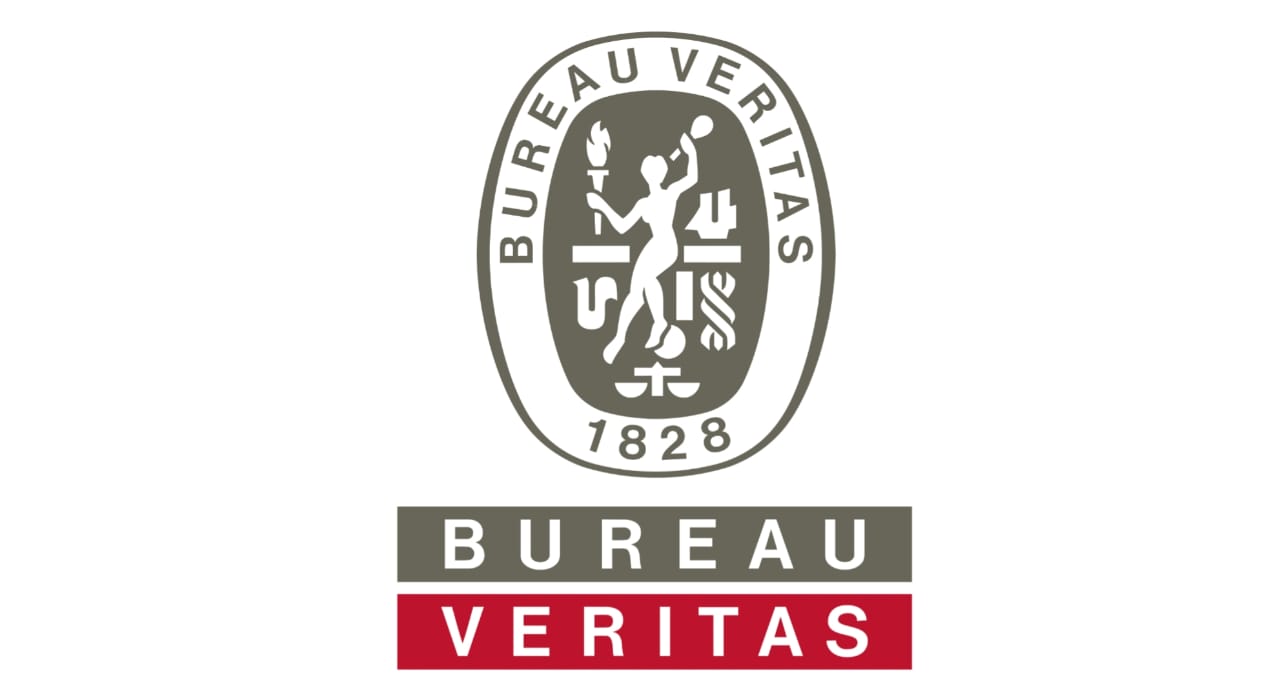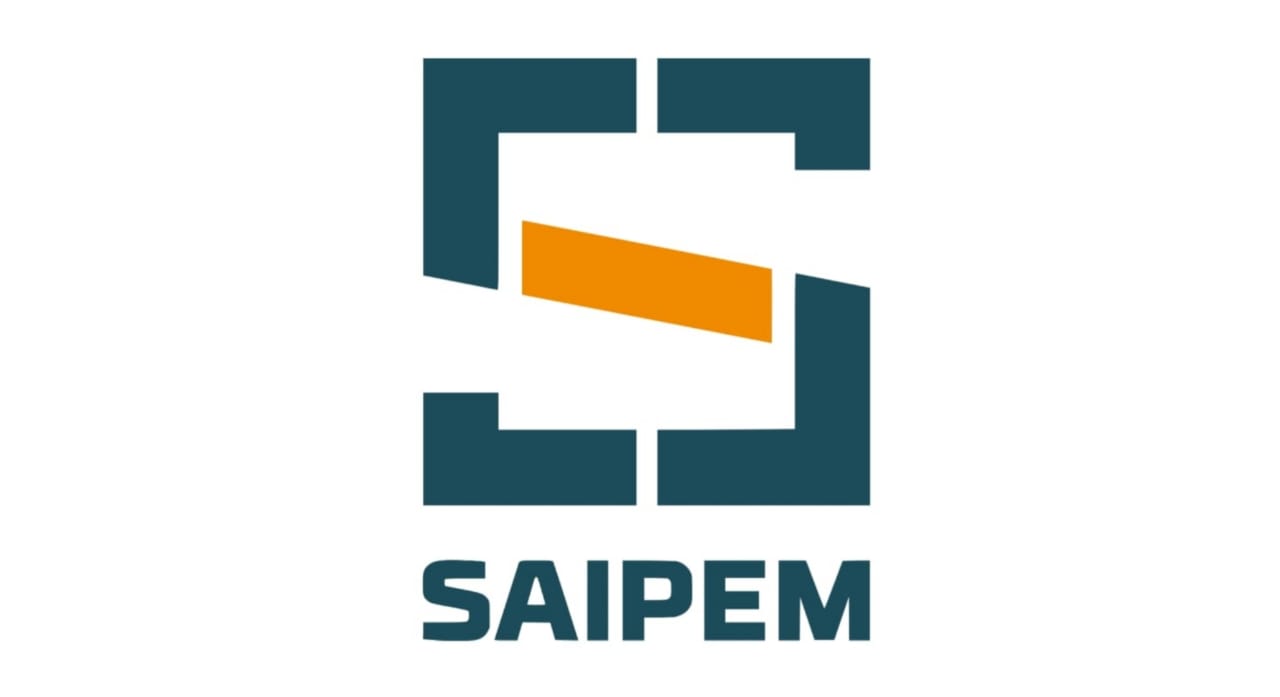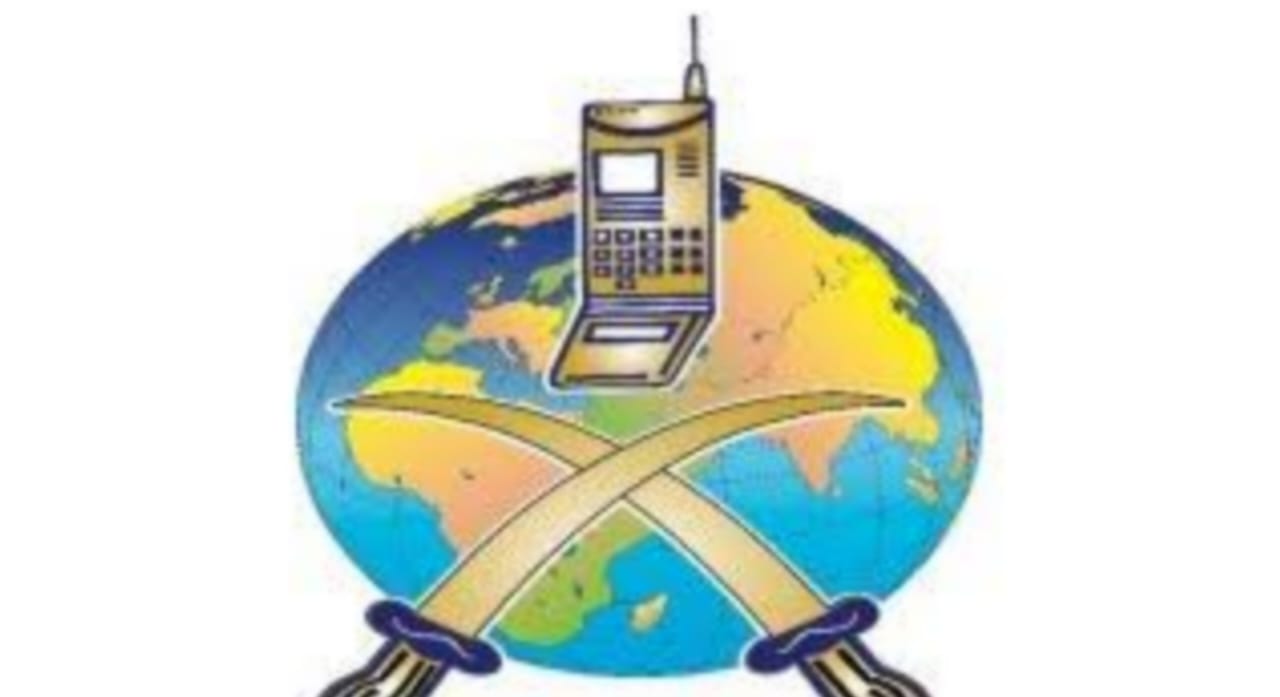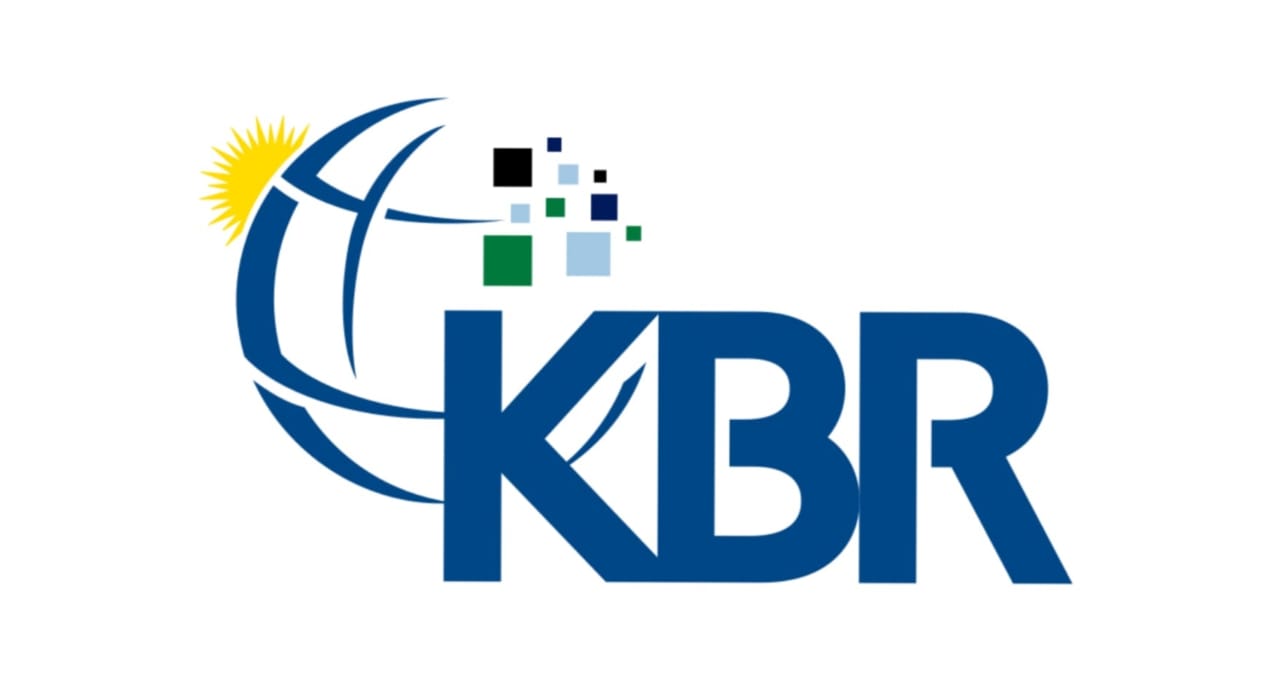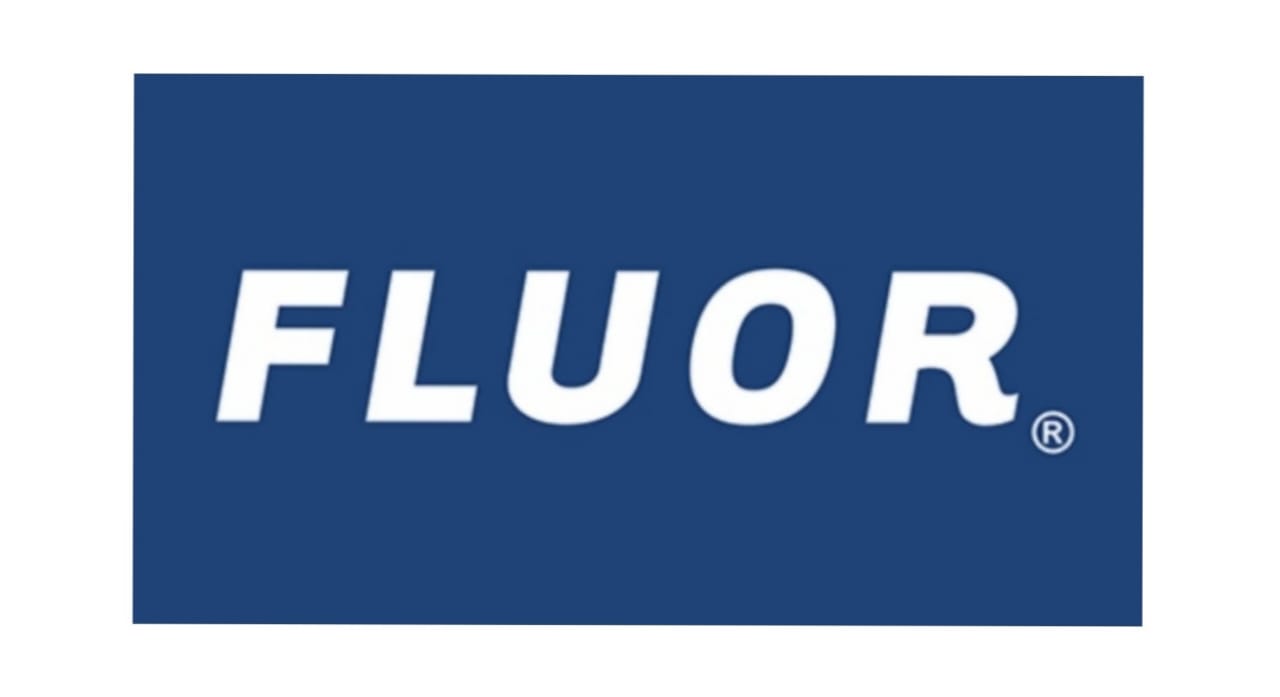Structured Cabling System

Request A Demo Today
Please do not hesitate to contact us if you have any queries.
Structured Cabling System
A structured cabling system is a standardized network infrastructure designed to support various telecommunications services, including data, voice, and video. It consists of a comprehensive set of components, including cables, connectors, patch panels, and management systems, organized into a structured layout to ensure efficient and reliable data transmission. This system provides a flexible and scalable framework that simplifies installation, maintenance, and future upgrades, while facilitating the seamless integration of different network devices and services.
Importance of Structured Cabling System
Structured cabling systems are designed to support a variety of telecommunications systems by providing a standardized approach to cabling and connectivity. In security systems, this standardization is crucial for ensuring reliable and high-performance operation. Security systems, which often include surveillance cameras, access control systems, alarm systems, and communication networks, rely heavily on the efficient transmission of data. Structured cabling systems facilitate this by ensuring that all components are connected in a consistent and organized manner.
One of the primary benefits of structured cabling in security systems is scalability. As security needs evolve, new devices and technologies can be integrated into the existing infrastructure with minimal disruption. This flexibility allows for the seamless expansion of security networks to accommodate additional cameras, sensors, or access points without requiring a complete overhaul of the cabling system.
Components of Structured Cabling Systems in Security
1. Cabling: This includes twisted pair cables (e.g., Cat5e, Cat6, Cat6a) and fiber optic cables. Twisted pair cables are often used for shorter distances and lower data rates, while fiber optic cables are preferred for longer distances and higher data rates, essential for high-resolution surveillance cameras and large-scale security installations.
2. Patch Panels: These panels serve as central connection points for various cables, allowing for organized and easy management of connections. They enable quick reconfiguration and troubleshooting, which is crucial in maintaining the efficiency of security systems.
3. Racks and Cabinets: These enclosures house network equipment such as switches, routers, and servers, as well as the structured cabling itself. Properly organized racks and cabinets help maintain a clean and accessible workspace, which is important for both installation and ongoing maintenance.
4. Cable Management: Effective cable management ensures that cables are neatly organized and secured, reducing the risk of damage and interference. This includes cable trays, ties, and labels that facilitate easy identification and management of cables.
5. Work Area Outlets: These are the points where security devices connect to the accessibility for devices such as cameras and access control readers.
In summary, structured cabling systems are integral to the effectiveness and efficiency of modern security systems. By providing a standardized, reliable, and scalable framework for connectivity, these systems ensure that security technologies can operate seamlessly and adapt to evolving needs. As security systems become increasingly complex and integral to safeguarding assets, the importance of a well-designed structured cabling infrastructure will continue to grow, underpinning the reliability and performance of security solutions in various environments.



